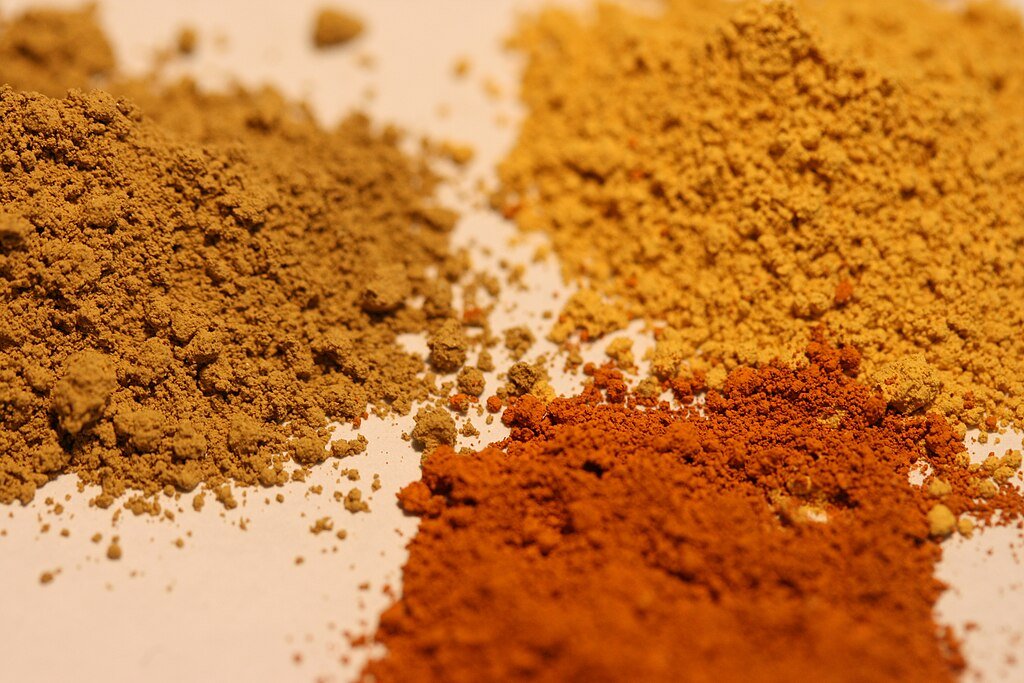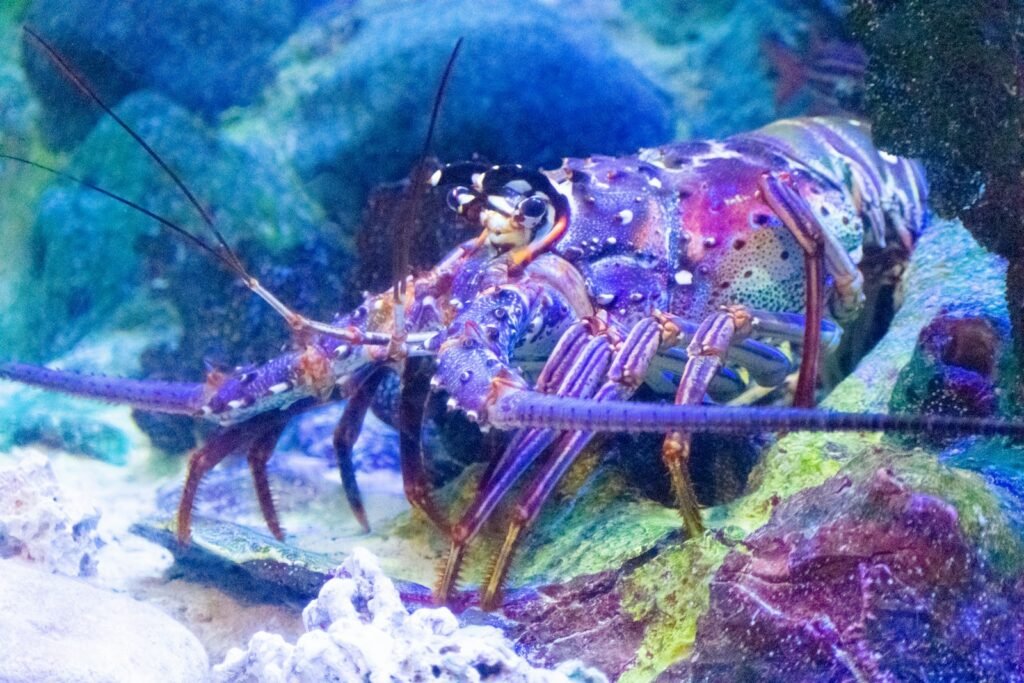For tens of thousands of years, people have been enthralled with red not only for its beauty but also for its power, symbolism, and usefulness. Red colors have shaped art, trade, war, even survival from the deep, earthy tones of ochre to the vivid carmine of crushed cochineal bugs. But why did prehistoric people travel such great distances to move ochre? Why was this modest mineral so valuable that Indigenous Australia traded it over 1,000 kilometers? The responses expose a narrative of human inventiveness, cultural value, and a color that molded history in ways we are only starting to realize.
The First “Crayon”: How Ochre Revolutionized Early Human Communication

Early people left their mark on the planet using ochre, a naturally occurring iron oxide pigment, long before contemporary art supplies. Although Homo erectus is the earliest known user of ochre, dating back 285,000 years, it was Homo sapiens in Blombos Cave who invented the first portable ochre crayons about 100,000 years. Says archaeologist Christopher Henshilwood, these crayons essentially invented the first messaging system by allowing our predecessors to “mark a rock or tree without needing to make paint or engrave something”.
Ochre was a perfect media because of its longevity. Unlike fading plant-based colors, ochre resists degradation and has survived millennia in burial sites and caverns. This lifetime suggests its deeper function as a tool for ritual, territorial marking, and storytelling as well as decoration.
The Ochre Trade: A Prehistoric Network Spanning Continents
In Indigenous Australia, ochre wasn’t just a pigment it was a highly prized commodity, traded across astonishing distances. Major mining sites like Wilgie Mia in Western Australia and Yarrakina in the Flinders Ranges produced ochre so valuable that 25-kilogram blocks were carried over 1,000 kilometers sometimes as far as Cape York or the Nullarbor.
But why would one want such effort? Particularly red ochre was ceremonial and spiritual important. Certain deposits had mica, or cinnabar (mercury sulfide), which gave them a luminous, nearly magical glow. This “living” quality made it holy, worn in rock art, burials, and body paint. At Lake Mungo, ochre-covered relics from 30,000 years point to their involvement in some of the first funeral customs used by humans.
The Bug That Conquered the World: Cochineal’s Blood-Red Empire

While ochre dominated ancient art, another red pigment reshaped global economics: cochineal. Sourced from the crushed bodies of Dactylopius coccus insects, this dye was so valuable that 16th-century Spain guarded its secret like gold. At its peak, cochineal was Europe’s second-most profitable import after silver, with a single shipwreck in 1541 losing nine tons of the precious dye.
The Spanish lied for centuries, claiming cochineal came from a plant until scientists like Antonie van Leeuwenhoek peered through a microscope and saw tiny insects with six legs. By the 1700s, European powers were desperate to break Spain’s monopoly. The British even tried (and failed) to establish a cochineal industry in Australia using prickly pear cacti, a move that backfired spectacularly when the cactus became an invasive nightmare.
From Poison to Power: The Dark Side of Red Pigments
Not all of the reds were safe. Mercury-containing the mineral behind vermillion, cinnabar was both beautiful and lethal. Artists who worked with it ran the danger of poisoning; frescoes painted with it sometimes darkened over time. Today, even synthetic red dyes like Red No. 40 are under investigation for possible health hazards.
Red’s appeal never changed, though, despite these risks. Queen Elizabeth I wore it to convey power, and in 1645 the New Model Army of Britain adopted Venetian red coats to seem more frightening. Red was more than just a color; it was a power rendered obvious.
Ochre’s Modern Legacy: From Art to Biological Warfare
At Wilgie Mia, one of the oldest continuously running mines worldwide, ochre mining is still going on today. The cochineal bug has unexpectedly taken on a biological pest control function meanwhile. Ironically fulfilling a colonial dream of a cochineal industry, these insects are used in South Australia to fight invading cactus like Opuntia robusta, not in the way colonists envisioned.
Conclusion: Why Red Still Rules

From imperial dues to prehistoric crayons, red’s tale is one of human obsession. It is the color of war and love, of holy rites and financial empires. And even if synthetic colors rule today, ochre and cochineal remain reminders of a time when color was worth traveling a thousand kilometers for, or even across oceans.
One thing is abundantly evident as we find more prehistoric ochre mines and decipher its symbolic language: red was not only a pigment. It resembled a revolution.
Sources:

Jan loves Wildlife and Animals and is one of the founders of Animals Around The Globe. He holds an MSc in Finance & Economics and is a passionate PADI Open Water Diver. His favorite animals are Mountain Gorillas, Tigers, and Great White Sharks. He lived in South Africa, Germany, the USA, Ireland, Italy, China, and Australia. Before AATG, Jan worked for Google, Axel Springer, BMW and others.




